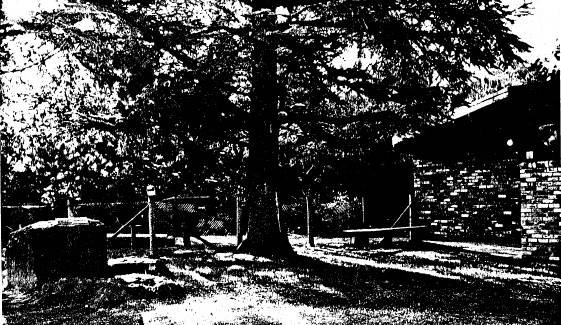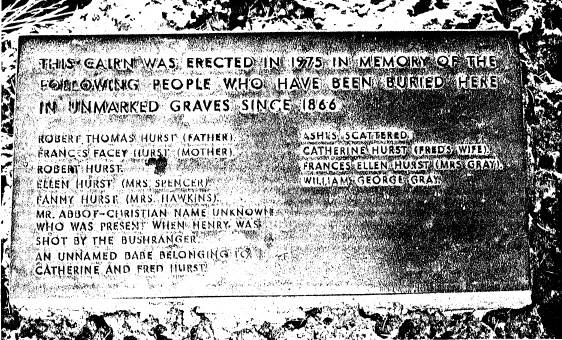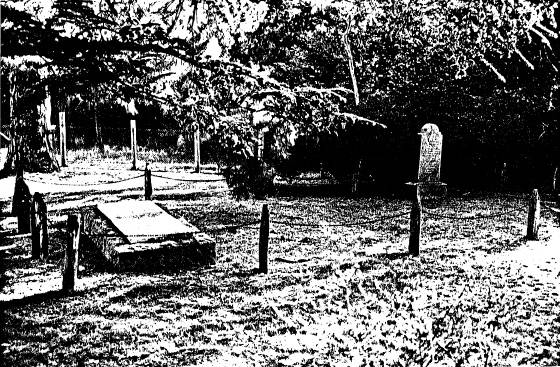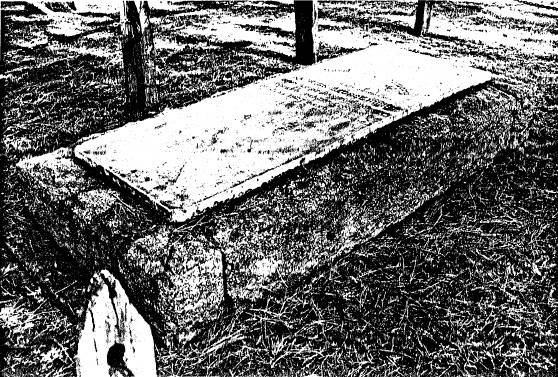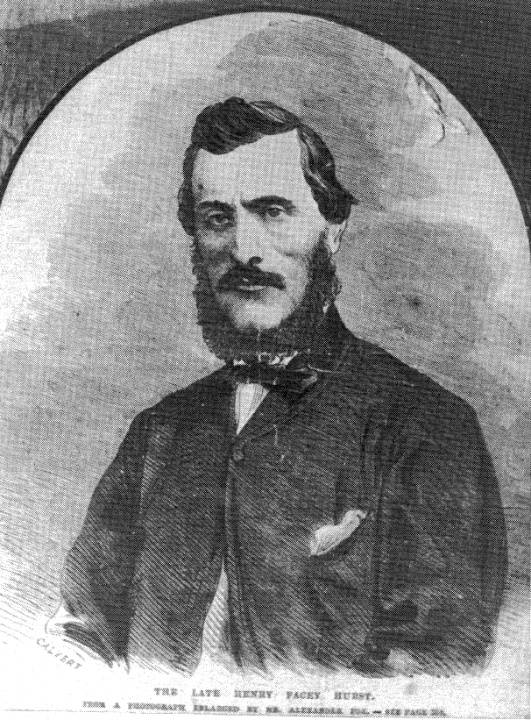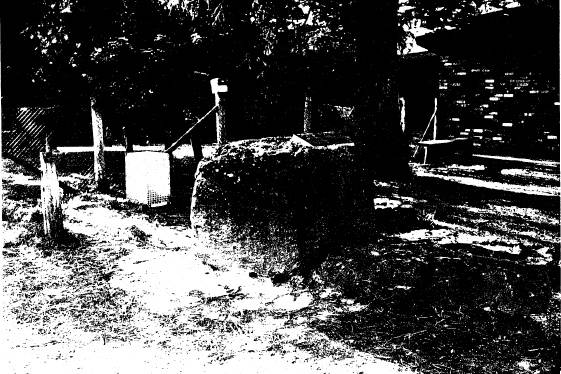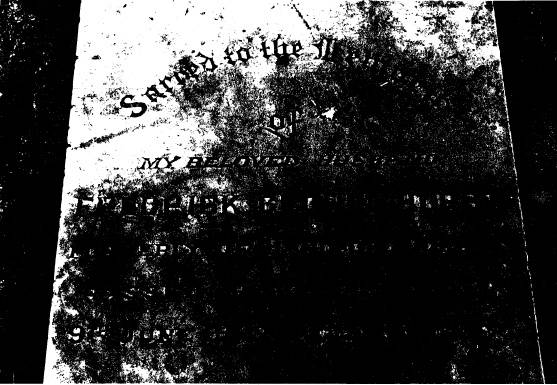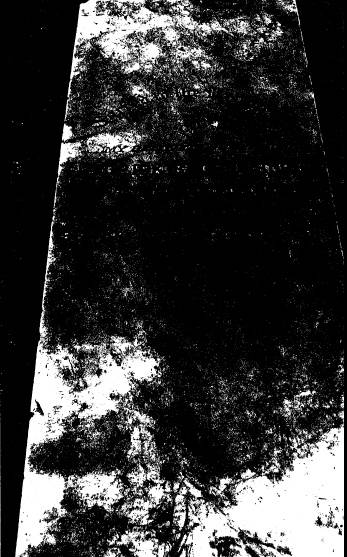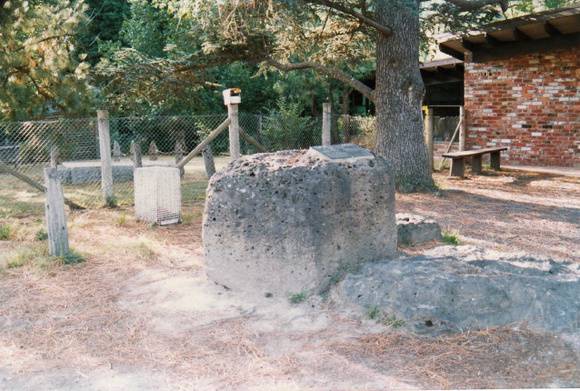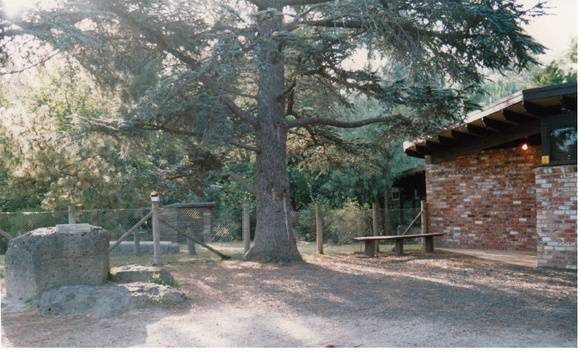| Back to search results » | Back to search page » |
|
HURST FAMILY CEMETERY
Statement of Significance
REVISED STATEMENT OF SIGNIFICANCE, CONTEXT, 2010 What is significant? How is it significant? Why is it significant? The Atlas Cedar was planted c1870. It is one of only a few examples in the Shire. The specimen is a good form, size and health (Criteria B & E). The Canary Island Pine tree was planted c1870. It is an uncommon species within the Shire. The specimen is large and of excellent form (Criteria B & E). The Peppercorn tree was planted in c1900. It is an example of a tree of a substantial age that has survived to the present day (Criteria B & E). The Stone Pine tree was planted c1870. It is an uncommon species within the Shire. The specimen is tall with a well rounded canopy (Criteria B & E).
The Hurst family cemetery, all tombstones and remains, mature exotic planting, site and surrounding buildings to Diamond Creek and otherwise to a radius of 30 metres. Tree planting associated with the cemetery to a radius of 50 metres; including Atlas Cedar tree, Canary Island Pine tree, Peppercorn tree and Stone Pine tree.
The cemetery is historically and socially significant to the Shire of Nillumbik. The Atlas Cedar, Canary Island Pine tree, Peppercorn tree and Stone Pine tree are historically and aesthetically significant to the Shire of Nillumbik.
The cemetery is historically significant because it is associated with the Hurst family, who were amongst the first settlers at Hurstbridge and because it is a rare example (in Melbourne) of a private burial ground established by a district's early settlers (Criteria B & H).
Group
Cemeteries and Burial Sites
Category
Cemetery/Graveyard/Burial Ground


